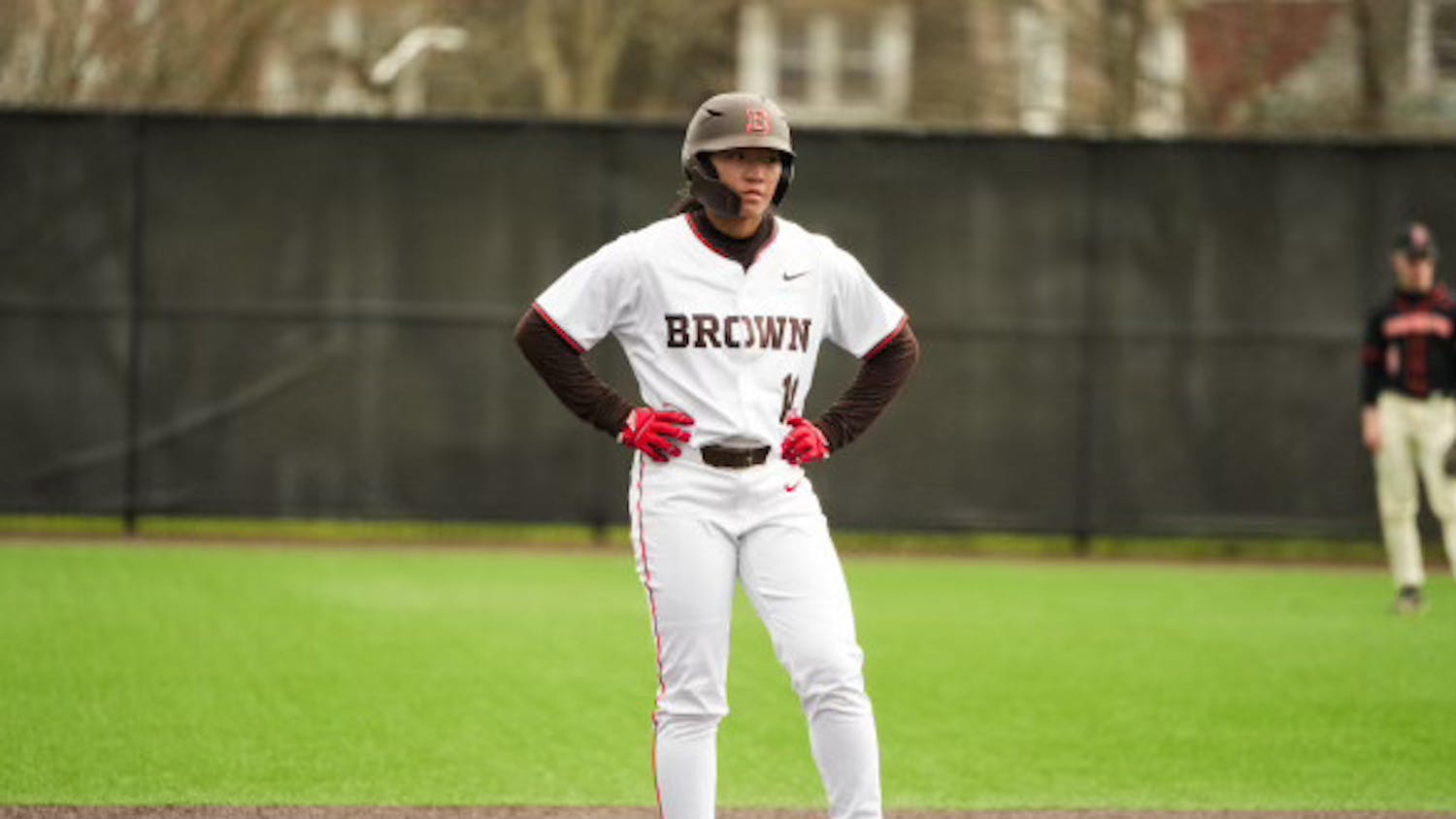I don’t want to write this column. I’d rather write about LSU-Bama from Baton Rouge, reflect on the Red Sox’s fourth title in my lifetime or break down another week of Connor McDavid showing his otherworldly speed and skill against the best hockey players in the world. But in light of recent events on a campus about 20 miles on the Beltway from where I grew up, it seems impossible to talk about anything else.
If for some reason you remain unfamiliar, here is a brief summary of the past few months at the University of Maryland. On May 29, Jordan McNair, a redshirt freshman offensive lineman, collapses while running sprints. He suffers a seizure but isn’t admitted into a hospital until about an hour and a half after showing symptoms. He arrives at the hospital with a temperature of 106 degrees, in critical but stable condition. On June 13, McNair, just 19 years old, dies. (I wanted to resist the urge to editorialize in this summary, but at this point, I’d like to point out that the immediate cause of McNair’s death was disgusting negligence. There is no reason that heatstroke should have killed anyone; a highly effective and simple treatment exists, yet this treatment was ignored.) His funeral is held a week later with his teammates and coaches, including head coach D.J. Durkin, attending. Shortly thereafter, the University promotes Damon Evans, previously a direct advisor to the football team and interim athletic director, to the title of full-time athletic director.
In early August, ESPN releases stories examining McNair’s death and the culture of the program. The ESPN article, citing “Several current University of Maryland football players and people close to the Terrapins program,” describes a “coaching environment based on fear and intimidation” in which coaches regularly taunted and profanely insulted players, threw small weights — or, in one case, a trash can full of vomit — at them and questioned their masculinity. In the words of one current player, “Jordan knew that if he stopped, they would challenge his manhood, he would be targeted. He had to go until he couldn’t.” The word “toxic” is used repeatedly and poignantly. The University places Durkin on paid administrative leave; University President Wallace Loh announces that head strength and conditioning coach Rick Court has resigned and that an independent investigation of the program’s culture will commence. Court receives the entirety of his remaining salary. Martin McNair, Jordan’s father, offers a definitive declaration on “Good Morning America” that Durkin “shouldn’t be able to work with anybody else’s kid.”
In late October, a series of meetings of the Board of Regents discussing a 192-page report delivered by the independent investigative committee leads the Board to the conclusion that they should retain President Loh, Durkin and Evans. Loh announces that he will retire in June. Immediately following this announcement, the College Park campus rises in uproar. Ellis McKennie, a junior offensive lineman from Pennsylvania, takes to Twitter to share his thoughts, accompanied by a picture of the team kneeling around a memorial to McNair before a game: “Every Saturday my teammates and I have to kneel before the memorial of our fallen teammate. Yet a group of people do not have the courage to hold anyone accountable for his death. If only they could have the courage that Jordan had. It’s never the wrong time to do what’s right.” Martin McNair calls the announcement a punch in the stomach. Several players walk out of Durkin’s first meeting upon his reinstatement. Last Wednesday, the University, after public outcry from politicians, local and national media, the student body and seemingly the entire world of college football, announces that Durkin had been fired.
It is hard to know where to begin in analyzing all of this — total and disgusting failure oozes from every aspect of this story. Yes, Durkin eventually had to go, but, in large part, the leadership structure that led to Jordan McNair’s death remains in place. Only Durkin and Court, both of whom received handsome settlements, were let go.
Often in supposedly “independent” investigations into major college football programs, we assume that results on the field will dictate the results of the review. In other words, Ohio State would inevitably excuse Urban Meyer’s obvious role and deception in an investigation involving domestic abuse on behalf of one of his most trusted assistants because Meyer brought in millions of dollars annually through his team’s success on the field. Meyer has won two Big Ten titles and a national title in his tenure in Columbus, and anyone who had seen a few of these investigations play out knew that this fact would trump all the others. The school would retain a highly successful coach far sooner than it would acknowledge publicly the repulsive details of its program’s inner workings.
Now is certainly not the time to discuss Durkin’s effectiveness at winning games as a football coach, but his 10-15 record at Maryland plainly differentiates him from Meyer. It is not as if Durkin has the kind of record that would render him unfirable, and yet, for Maryland, a relatively small school trying to play big-time college football, firing him would come with a hefty buyout on top of the cost of paying another coach. The school lacked the option to fire him with cause, especially considering the exact language of the report.
On page 17, the report says, in underlined print, “the Maryland football team did not have a ‘toxic culture.’” It goes on to define “toxic,” using Merriam-Webster Dictionary as meaning “extremely harsh, malicious, or harmful.” I do not know what greater harm a football program could cause than the death of a 19-year-old student-athlete or how this investigation could possibly claim that the culture of Maryland football was not harmful. I am not entirely familiar with the legal proceedings at work, but what is clear is that the University of Maryland allowed money and legal technicalities to supersede justice.
In this way, the problems at work in College Park are much more than an indictment of major college football; they speak to a fundamental problem with the nature of justice on a college campus. In Maryland, we see a college failing to act in the face of obvious wrongdoing with extreme consequences. I say this not to rake Maryland through the mud; while not every school had a student die, I have little doubt that similar cultures of “fear and intimidation” exist throughout the world of college football. This problem transcends athletics. It seems almost painfully obvious how the failure of a college, contrary to the general will of its student population, fails to execute justice in response to problems stemming from the toxic culture the school itself allows to fester. It is not at all insignificant that among the many wrongs of Evans’ and Durkin’s program was its handling of an incident in which a student, involved in the football program but not a player, accused two football players of sexual assault. The university’s athletic department paid the legal fees of two of the three students involved, and I’ll let you guess whose fees were not paid for.
The easy response to this incident is to shame the University of Maryland, to point out where they fell short. By no means do I mean to absolve Maryland of their obvious wrongdoing, but to truly honor the legacy of McNair, something the university claimed it would, requires not lip service or the firing of one or two people involved. Instead, it requires a painfully honest acknowledgement of an undoubtedly toxic culture on a large scale. It requires a new-found commitment to justice for every victim, past or future, of that culture, a culture that is not unique to any one school or athletic program but that exists across college campuses.



